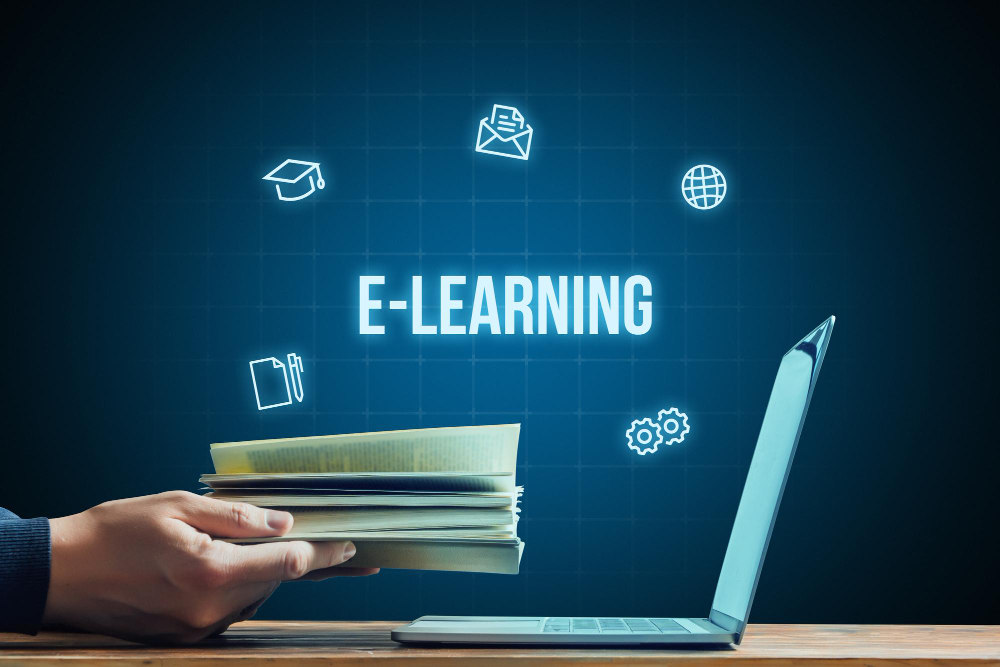In today’s fast-paced and ever-evolving business landscape, staying ahead of the curve is crucial. A company’s ability to innovate and adapt hinges significantly on its learning culture. Transforming corporate DNA to embrace a learning-first approach is not just a strategic imperative, but a critical factor that can determine whether an organization thrives or merely survives. Enter eLearning, a powerful tool that can drive this metamorphosis, fostering a culture where learning is not just encouraged but ingrained in every facet of the organization.
eLearning provides the flexibility and accessibility that traditional learning methods often cannot offer. This adaptability is integral to reshaping corporate culture, allowing employees to learn at their own pace and on their own schedule. As companies grow increasingly global, eLearning ensures that knowledge transfer transcends borders and time zones. The electronic format not only democratizes access to information but also enables scalability, making it possible for businesses to tailor training programs that cater to specific knowledge gaps or emerging industry needs.
Innovation is the lifeblood of any successful enterprise, and a learning-first culture bolstered by eLearning can propel an organization towards continuous innovation. By equipping employees with the necessary skills and knowledge, companies empower their workforce to think creatively and solve problems more effectively. eLearning platforms often incorporate interactive elements like quizzes and simulations, which foster engagement and encourage the practical application of ideas. In this way, eLearning becomes more than a repository of information; it transforms into a catalyst for creativity and innovation.
Sustaining growth in a volatile market requires resilience and adaptability, both of which are enhanced through a well-established learning culture. eLearning supports this by providing organizations with the tools to keep pace with industry trends and technological advancements. Through regular updates and continuous feedback mechanisms, eLearning ensures that knowledge remains current and relevant. Moreover, the analytics capabilities of modern eLearning platforms provide valuable insights into employee performance and learning patterns, enabling businesses to make data-driven decisions and optimize their training strategies accordingly.
Building a learning-first organization requires a strategic approach that involves buy-in from all levels of the company, starting with leadership. Managers and executives play a crucial role in modeling learning behaviors and championing the eLearning initiatives. By cultivating an environment where learning is visibly valued and rewarded, leaders can inspire employees to take ownership of their professional development. Providing employees with clear pathways for growth and demonstrating the tangible benefits of learning can significantly enhance engagement and participation in eLearning programs.
While embracing eLearning can be transformative, it is essential to remember that it should not function in isolation. A blended approach that combines eLearning with in-person training and mentorship opportunities can be particularly effective. This holistic strategy leverages the strengths of both digital and personal interactions, offering a comprehensive learning experience that addresses different learning styles and preferences. Additionally, incorporating social learning elements, such as discussion forums and group projects within the eLearning platform, can foster collaboration and community, further enhancing the learning culture.
Ultimately, transforming corporate DNA with a learning-first approach through eLearning is about fostering an environment where continuous improvement is part of the organizational ethos. When a company invests in the growth of its people, it is investing in its own future. By strategically leveraging eLearning, businesses can unlock the full potential of their workforce, drive sustainable growth, and maintain a competitive edge in the dynamic global market. As the adage goes, knowledge is power – and in the realm of corporate development, it is the power to transform and excel.
